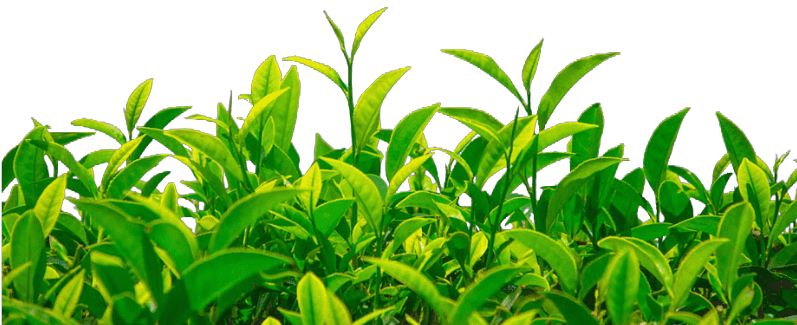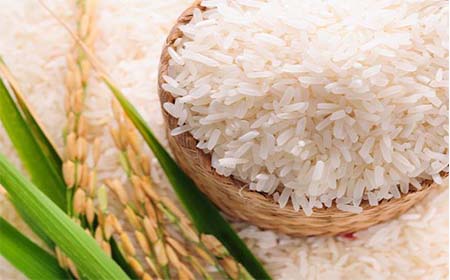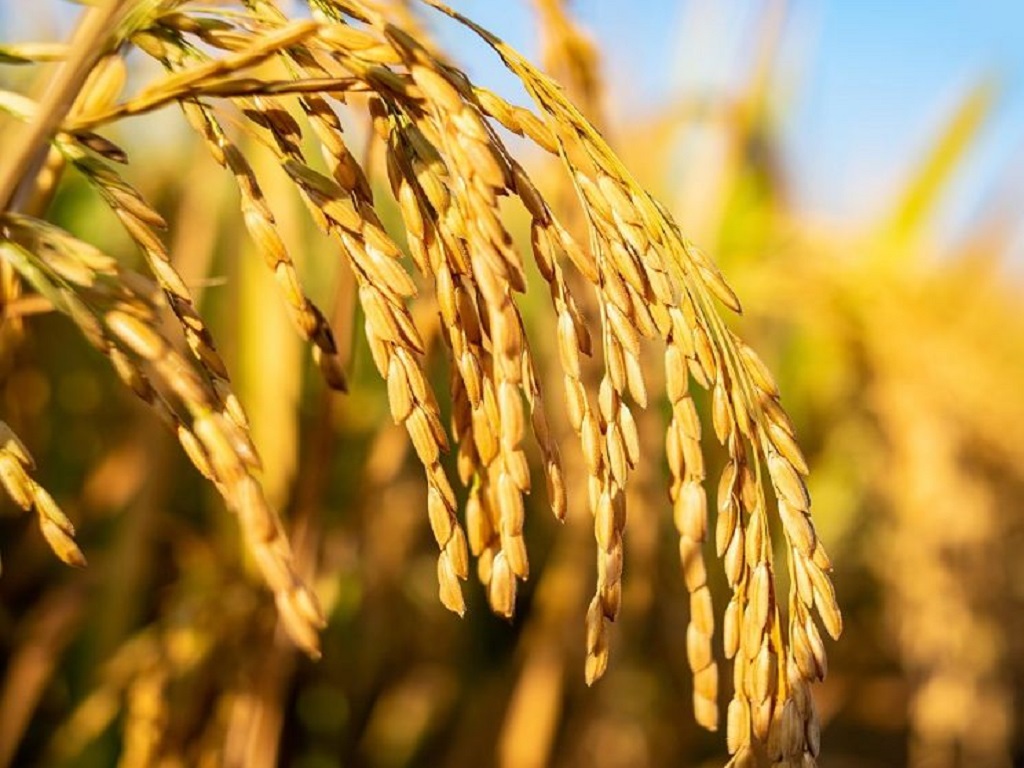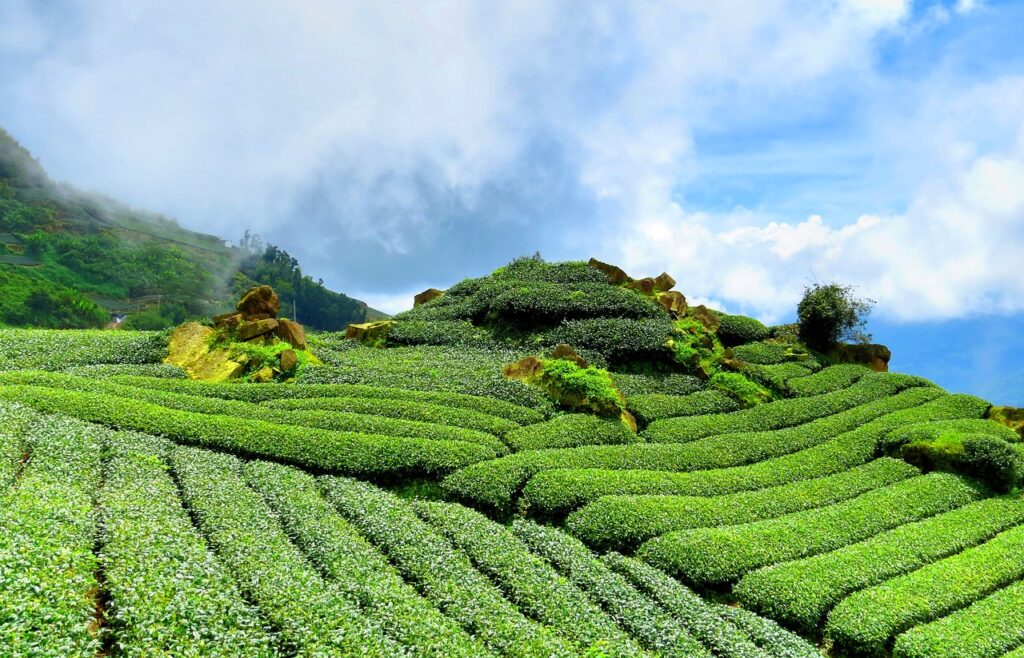The Tea Making Process
Tea is one of the most popular drinks in the world, second only to water. The only characteristic of any beverage is its flavors and aromas, maybe a glass of chilled tea or a mug of much flavourful hot teas but all that you get comes from one very special plant, a species of evergreen “Camellia Sinensis”.
Now the question arises, how is Tea Made?
From Garden to a Tea Pot, the story of the journey of a tea leaf is truly quite interesting.
But one thing is very clear It requires exemplary Art and Science for its divine curation. During the journey, tea leaves from harvest to drying, undergo changes that can mean the difference between a delicate, sweet white tea and a robust, powerful black tea. The same tea leaves in many ways during processing gain thousands of different unique characteristics embedded with flavors and aromas ranging from cool, fresh, and herbaceous to spicy and floral, there is an option for every taste palate.
Orthodox and CTC are the two ways to process Tea.
Cultivation of Tea Plants
The first stage of tea production is the cultivation of the tea plant. The Camellia sinensis plant is an evergreen bush that thrives in tropical and subtropical climates that grow best in acidic soil in a warm and humid environment. A desirable pH value is 5.8 to 5.4 or less. The best tea grows on high mountains, in places where large temperature differences exist between day and night, and where there are often cloudy skies. The tea plant is cultivated all across the world. In general, the tea plant takes about three years to get its level of maturity to produce leaves suitable for tea making. Tea plants are further categorized into three different groups based on their size, where Assam leaves are the largest, followed by Cambodian leaves, which are medium-sized leaves and Chinese ones are the smallest. While the tea plant can grow up to 50 feet tall, most plants for tea harvesting are kept to waist height for convenience in the plucking of young, fresh leaves at the top of the plant. Shorter plants also tend to produce more shoots and leaves, thus increasing production capacity.
Harvest of Tea Leaves
From the top one to two inches of the Tea Plant, the fresh and young leaves are harvested. This process is also known as the plucking of tea leaves. Such top tips are known as flushes, these tea leaves are produced every 7 to 15 days during harvest season.
Traditionally Tea leaves are hand-plucked from the tea garden. But nowadays in a few gardens, some moderate mechanical devices are also used for plucking. Still, quality teas are harvested in the traditional way only. Before harvest, every planning is made about the end product, i.e., white, green, yellow, oolong, black and Pu-erh.
Processing of the Tea Leaves
As mentioned, all teas are derived using the same leaves; the difference in color, aroma, and flavor arises from the ways they are processed following plucking. This processing begins immediately once the tea leaves are plucked from the Garden. The leaves are first taken to a tea factory to be processed. The initial 24 hours from the time of its plucking is very crucial, as during this time the grades of teas will be determined: will they be black, green, white, or in-between? Caffeinated or decaffeinated?
The next stage in the production of tea is the sorting process. Before they leave the tea factory, all the teas – green, white, Oolong, black, and others – are graded and sorted. Because different-sized leaves brew at different speeds, the leaves are separated into batches of the same size.
Tea professionals often spend years understanding just one style of tea production, so we certainly can’t cover all of the nuances and varieties in these small pages. That said, tea production falls into one of two styles, Orthodox or Non-orthodox. The latter style of production usually the CTC, or ‘Crush-Tear-Curl,’ method, includes four basic processing steps after plucking. These steps can be adjusted depending on the style of tea being produced.
THE ORTHODOX METHOD
The orthodox tea-making method is the most common method used. This style is a more time-consuming method. In this process, tea leaves remain whole or only partially broken during processing. Tea leaves are plucked from the garden, withered to reduce moisture, rolled in a variety of ways to bruise the leaves and start oxidization to create desired color and flavor, then fired to apply the heat that stops further oxidation, and then graded for quality.
Production Process: in Orthodox Way
- First Step: Withering- The leaves are laid out to wilt and wither for several hours to prepare them for further processing. Tea leaves, even fresh tender ones, aren’t very pliable. Without withering, they would shatter and crumble when rolled and shaped. During withering, the leaves are very gently fluffed, rotated, and monitored to ensure even exposure to the air.
- Second Step: Rolling – This is where thousands of varieties in tea appearance are created, and also where the process of developing flavor is started. The softened tea leaves are rolled, pressed, or twisted to break the cell walls of the leaf, wringing out the juices inside. This exposes enzymes and essential oils in the leaf to oxygen in the air – the start of oxidation.
- Third Step: Oxidation: After rolling, the leaves are laid out to rest for several hours, allowing oxidation to take place. Oxidation is the process in which the oxygen in the air interacts with the now-exposed enzymes in the leaf, turning it a reddish-brown color and changing the chemical composition. This step also has the greatest impact on the creation of the many wonderful and complex flavors in tea. The length of this process depends on the style of tea being produced and the ambient conditions at the time. Depending on the type of tea, from here the leaves could be rolled again and oxidized further, or not. For example, leaves for green and white teas are not oxidized at all – leaves are simply dried in the sun, pan-fired or steamed, and then shaped into pellets or small twigs. On the other hand, robust, darker teas such as oolong tea and black tea are created through an extended oxidation process.
- Fourth Step: Drying or Firing: The final step in the production process is to “fire” or heat the leaves quickly to dry them to below 3% moisture content and stop the oxidation process. A good, even drying with very low residual moisture also ensures the tea will keep well.
Tea Processing (Orthodox): Plucking → Withering → 1st Rolling → Oxidizing/Fermenting → Drying (110°C/65°C)
CTC METHOD
The second way of making tea is called the ‘Cut, Tear and Curl’, also known as CTC tea, and was invented during the Second World War to try and increase the weight of tea that could be packed into a sack or chest. In this sped-up version of the production process, the tea leaves are cut into fine pieces instead of rolled. The smaller pieces of leaves are more quickly oxidized, producing a one-dimensional, consistent, strong, and bold black tea. The cut pieces also easily fit into commercial tea bags, which are more popular with end consumers than loose leaf tea.
As with the orthodox method, the leaves are first withered but after this, they are put through a series of rollers, covered in hundreds of small, sharp teeth. These teeth cut, tear and curl the leaves, producing tiny granules which are perfect for fast brewing as well as for tea bag ingredients. After this, they go through the same oxidation and drying process as the orthodox method. The main difference between the orthodox and CTC method occurs during the rolling stage. CTC was invented specifically for the black tea industry, to save time and money.
Tea Processing (CTC): Plucking → Withering → Cutting/Tearing/Curling → Oxidizing/Fermenting → Drying (130°C/90°C)
The three basic differences between Orthodox and CTC teas are:
- First, The appearance of the leaf: Orthodox production seeks to maintain the integrity of the leaf, whether completely it’s hand-made or with assistance from rolling machines and such. The tea leaves are not chopped, shredded, minced, etc. The shapes produced vary tremendously, but no matter whether it’s green tea, oolong, or black, Orthodox processing uses the wholeness of the leaf itself to create a diverse range of flavors in the cup. By contrast, CTC teas do not rely on the wholeness of the leaf.
- Second, The machinery involved: CTC is produced on a machine that takes fresh, whole leaves and macerates them (crushing, tearing, and curling them, hence the name). The ground-up leaf is rolled into little pellets and oxidized. The tea produced visually resembles Grape Nuts cereal or large coffee grounds. Because the leaf is completely broken up, every part of the process moves very quickly. A whole batch can take just two hours. In Orthodox processing, while some tea leaves can look very small at the end, the leaves are never intentionally cut or torn apart. They are carefully rolled and handled just enough to produce a certain flavor, and their production relies on true tea artisans who have trained for years – in many cases, generations – to make that specific tea.
- Third, The flavor profile: as mentioned, CTC was invented specifically for black tea production. These fast-infusing teas are ideal for the tea bag industry, as well as for use in spicy chai blends and iced tea (because of the color). Their flavor is very one-dimensional: bold, powerful, and brightly colored with a pungent astringency. Orthodox teas – because the leaf is not treated the same way – don’t produce this type of color and body. However, CTC cannot produce the tremendous range of flavor and aroma which Orthodox teas are loved for. First of all, you can’t use the CTC method to make white teas, yellow teas, oolongs, etc. The shredded leaf oxidizes too quickly. There are a few CTC green teas, but this is accomplished by steaming the leaves to prevent oxidation. That’s about as elaborate as it gets. Secondly, because Orthodox production requires so much time, the tea maker can draw out and develop much nuanced flavors. Everything done to the leaf will alter the flavor of the tea.
How Production differs for White, Green, and Pu-erh Tea
The production steps as mentioned in Orthodox and CTC methods are typical for leaves that are to become black or oolong teas. For white and green tea, a few steps of the production process are eliminated. White teas are made entirely by hand, without any machines, and undergo only the stage of the production process, drying or firing. White Teas are considered the least processed teas. These leaves are hand rolled and naturally dried in sunlight. Like white tea, green tea is also not oxidized. Instead of withering, green tea leaves are immediately dried after harvest through pan firing or steaming. The leaves are then rolled and dried again in a process that can occur several times over before being shaped and styled.
Contrary to white tea and green tea, Pu-erh tea is considered a post-fermented tea that is similar in production to fine wines. Pu-erh teas are allowed to oxidize for years, with the best tasting teas generally being the ones that are aged the longest. Raw Pu-erh teas can be aged for 50 years while ripened Pu-erh teas can be aged for 10 to 15 years.

Tea: Product Basket of Cohere
To know more about our offers on Assam Tea, Darjeeling Tea, Blended Tea, Wonderful Spices & Herbs, and Basmati/non-Basmati Rice CLICK the button below:






